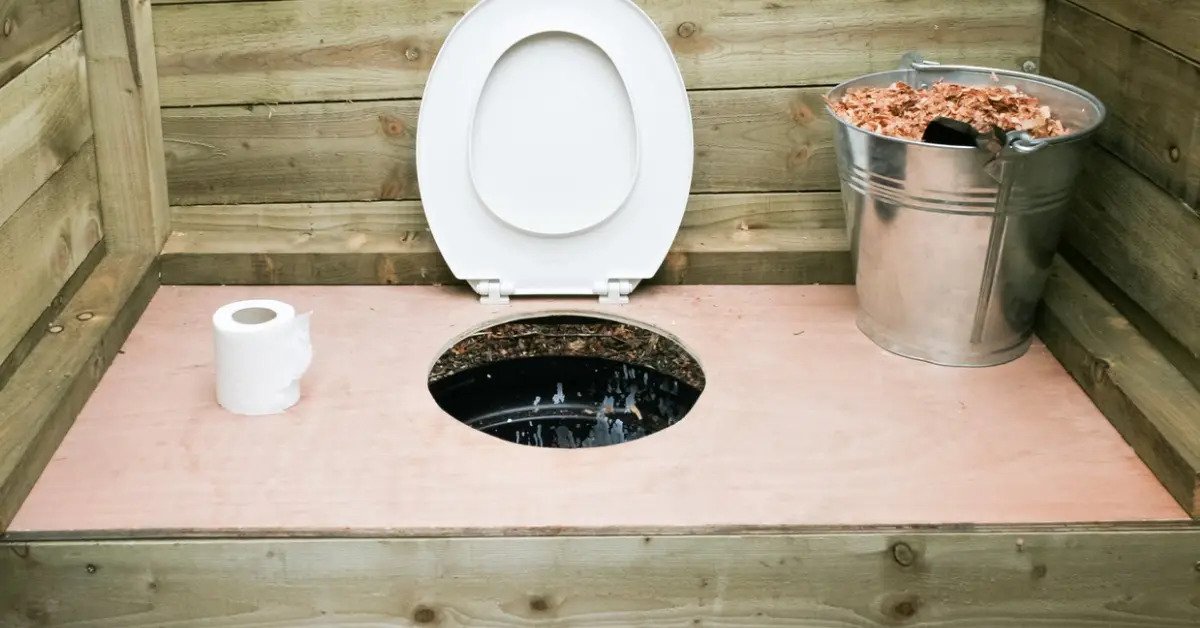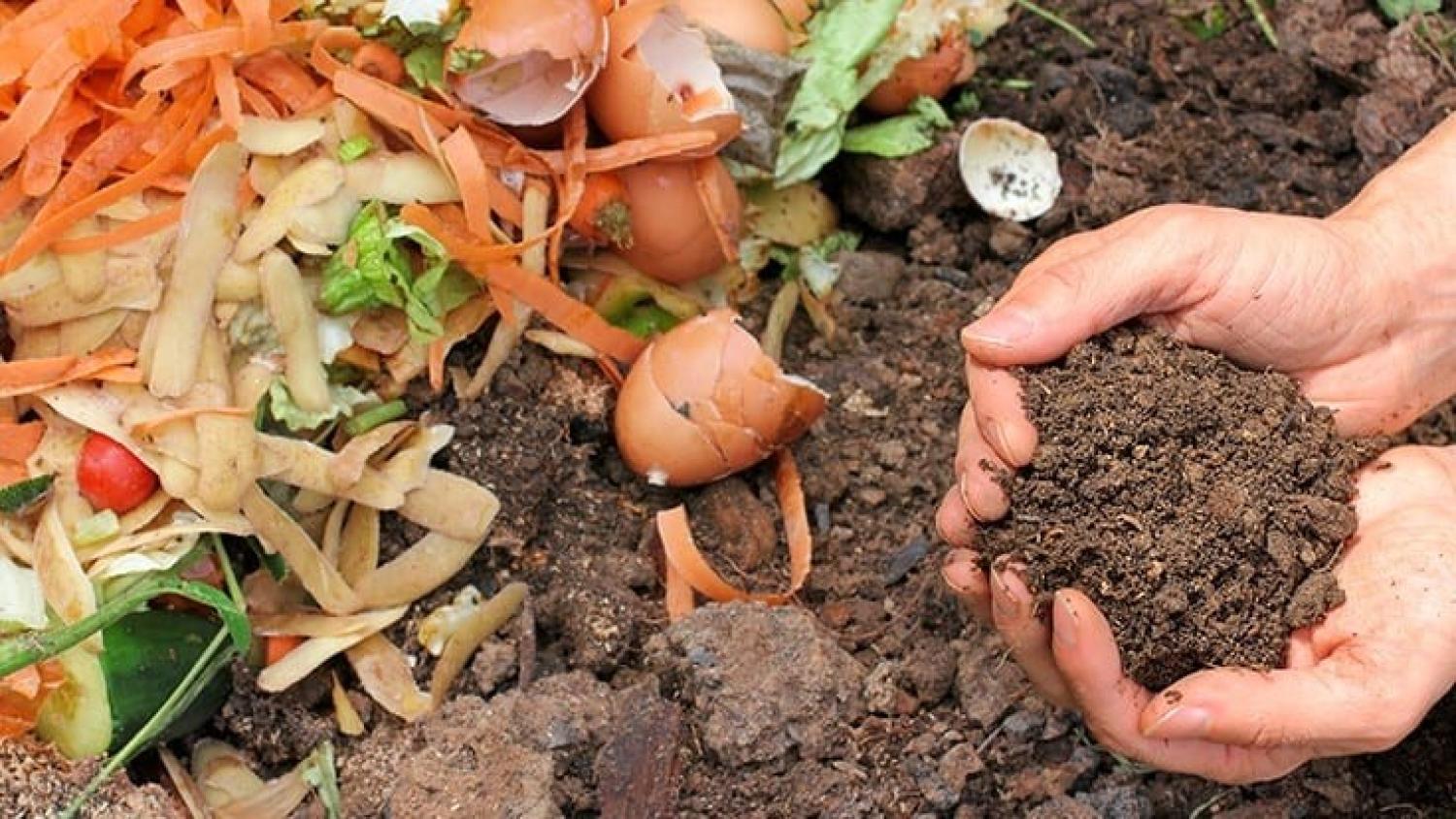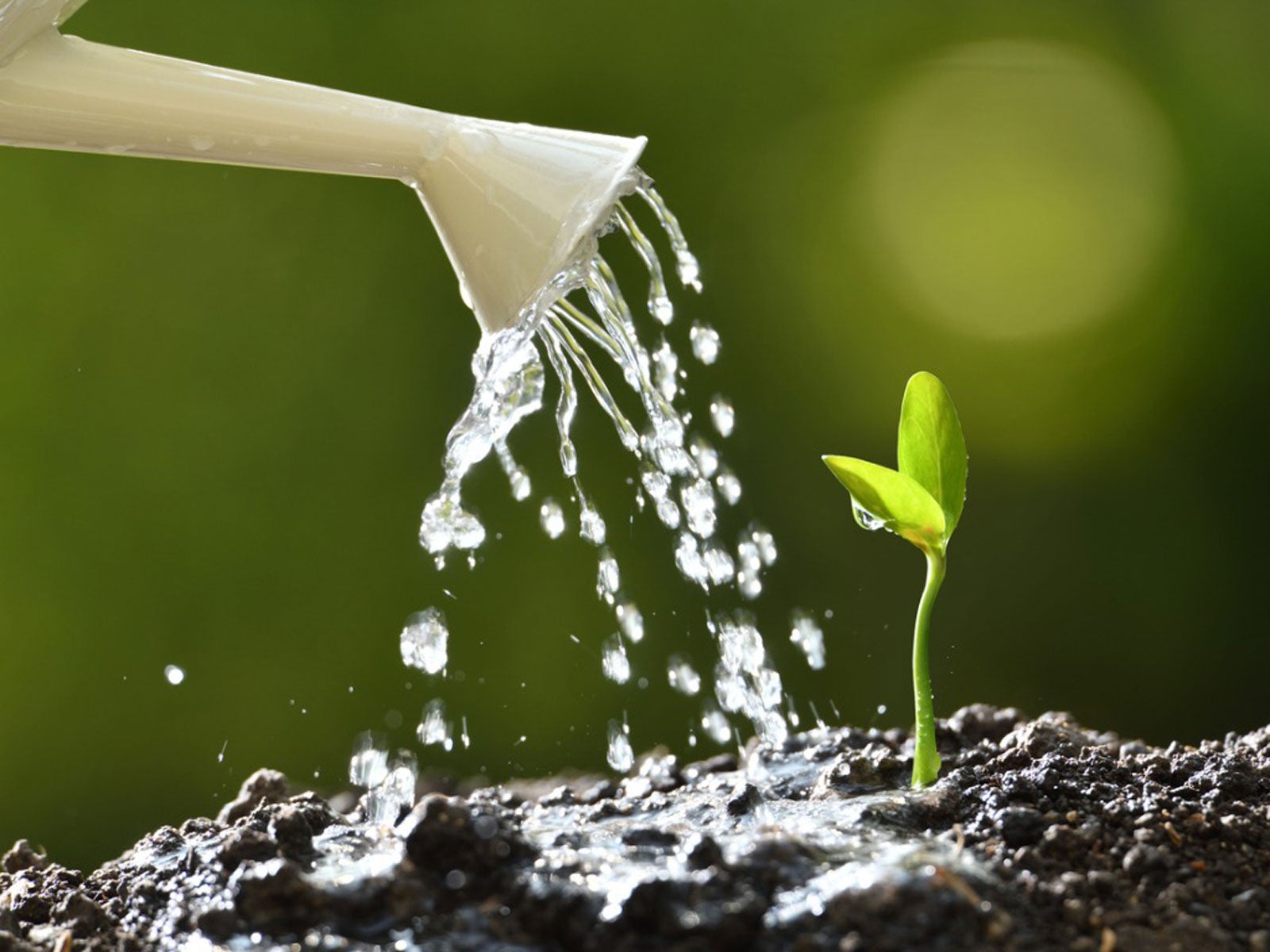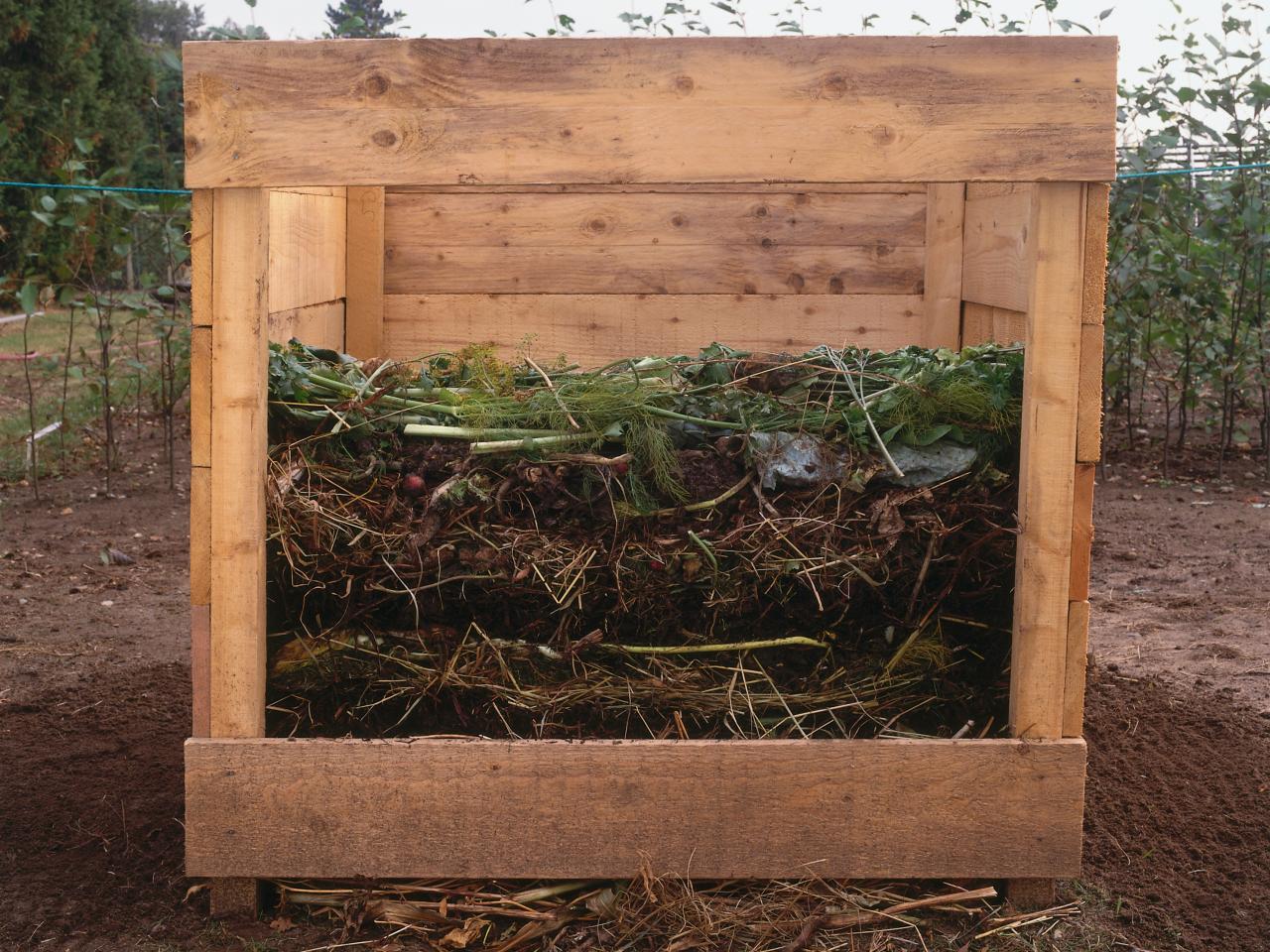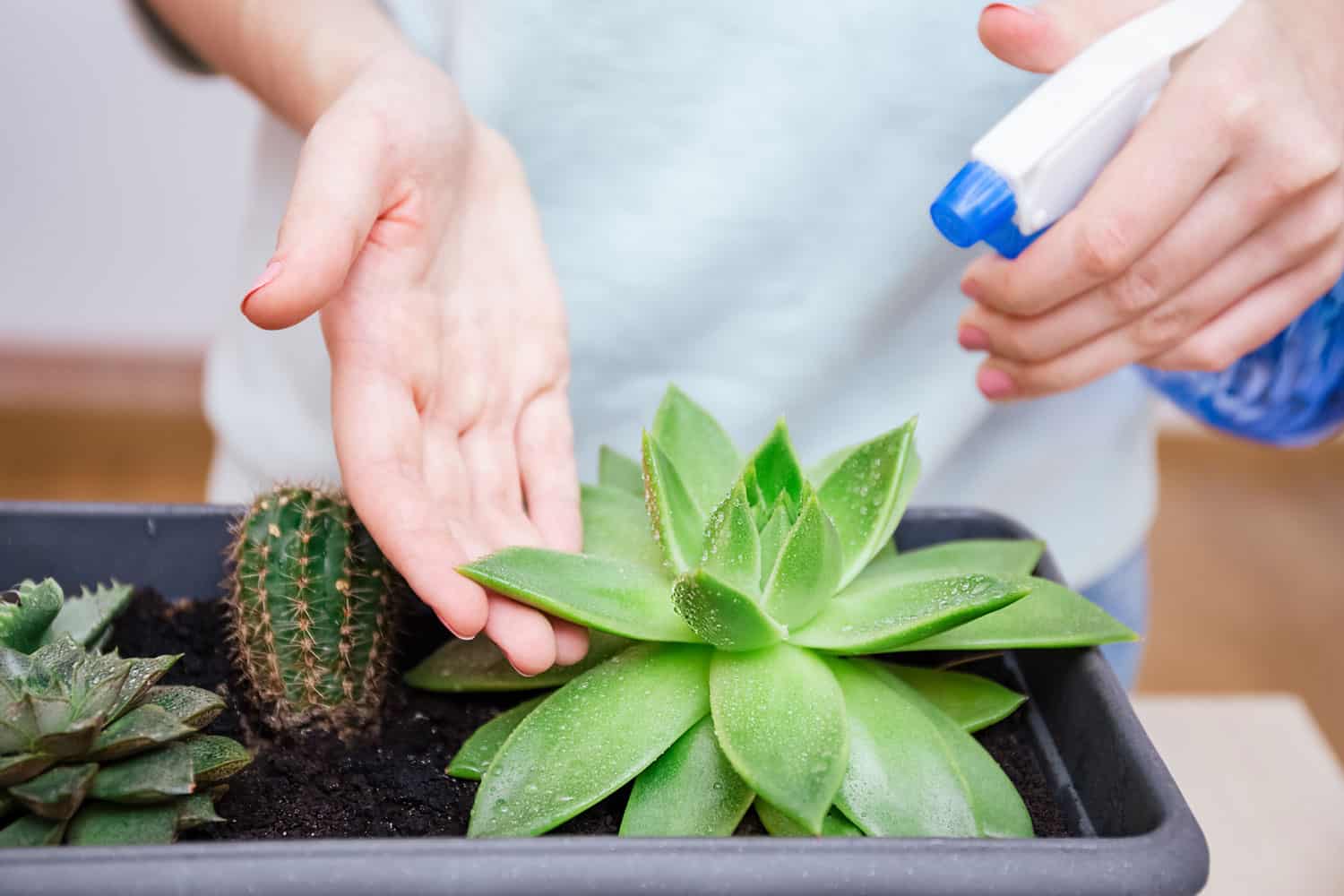Home>Gardening Tips and Tricks>Eco-Friendly Gardening>How Often Do You Turn Compost


Eco-Friendly Gardening
How Often Do You Turn Compost
Modified: February 9, 2024
Learn the eco-friendly gardening practice of composting and discover how often turning your compost can accelerate the decomposition process.
(Many of the links in this article redirect to a specific reviewed product. Your purchase of these products through affiliate links helps to generate commission for Chicagolandgardening.com, at no extra cost. Learn more)
Table of Contents
Introduction
Welcome to the world of eco-friendly gardening! If you’re passionate about gardening and want to make a positive impact on the environment, then eco-friendly gardening practices should be a priority for you. One of the key aspects of eco-friendly gardening is composting. Composting not only helps reduce waste but also provides nutrient-rich soil for your plants.
When it comes to composting, one question that often arises is how often should you turn your compost? Compost turning is an essential process that helps aerate the compost pile, promote decomposition, and prevent unpleasant odors. However, the frequency of turning your compost depends on several factors, such as the type of materials used, the level of moisture, and the desired outcome.
In this article, we will explore the factors that affect compost turning frequency, the importance of turning compost, and provide some guidelines on how often you should turn your compost. We will also discuss signs that indicate your compost needs turning, different techniques for turning compost, and share some tips for effective compost turning. By the end of this article, you will have a better understanding of how to maintain a healthy and thriving compost pile.
Factors that Affect Compost Turning Frequency
Several factors can influence how often you should turn your compost pile. Understanding these factors will help you determine the ideal frequency for turning your compost and achieve optimal results.
1. Organic Materials: The composition of organic materials in your compost pile plays a significant role in determining the turning frequency. High carbon materials, such as dry leaves, straw, and newspaper, take longer to decompose and may require more frequent turning to speed up the process. On the other hand, high nitrogen materials, like kitchen scraps and green garden waste, decompose faster and may not need as frequent turning.
2. Moisture Level: Moisture is crucial for the decomposition process in your compost pile. If your compost is too dry, it will break down slowly, and turning it too often can lead to an overly dry pile. Conversely, if your compost is too wet, it can become compacted and anaerobic, leading to unpleasant odors. Monitoring and maintaining the right moisture level in your compost pile will affect how often you need to turn it.
3. Temperature: Compost piles generate heat as organic materials decompose. The internal temperature of your compost pile is an essential factor in determining turning frequency. Ideally, the temperature should reach around 130-140°F (55-60°C) during the active decomposition phase. Turning the compost helps distribute the heat evenly throughout the pile, speeding up the breakdown process.
4. Size of the Compost Pile: The size of your compost pile can influence how often you need to turn it. Larger piles tend to retain heat better and decompose more efficiently. Smaller piles, on the other hand, may require more frequent turning to maintain optimal conditions for decomposition.
5. Time Availability: Another factor to consider is your own time availability and commitment to maintaining the compost pile. While regular turning is beneficial, it is important to find a turning schedule that fits your lifestyle and allows you to consistently tend to your compost pile.
The Importance of Turning Compost
Turning compost is a vital step in the composting process that offers several benefits for both the quality of your compost and the overall health of your garden.
1. Aeration: Turning compost helps aerate the pile by introducing oxygen. Oxygen is essential for the activity of aerobic microorganisms, which break down organic matter and produce the heat necessary for decomposition. Proper aeration prevents the pile from becoming compacted and anaerobic, which can lead to unpleasant odors and slow down the decomposition process.
2. Accelerates Decomposition: Regularly turning the compost helps mix the organic materials and exposes them to fresh oxygen, speeding up the decomposition process. The increased surface area and oxygen availability provide more opportunities for microorganisms to break down the organic matter effectively.
3. Creates Uniformity: Turning the compost helps distribute moisture, heat, and nutrients evenly throughout the pile. This uniform distribution ensures that all parts of the compost pile receive the necessary resources for decomposition. It also helps maintain a balanced carbon-to-nitrogen ratio, promoting efficient breakdown and minimizing the risk of a smelly or unbalanced pile.
4. Reduces Pests and Weeds: Regularly turning the compost helps disrupt the habitat of pests and weed seeds. By exposing them to the outside environment and altering their living conditions, you can minimize the chances of them taking hold in your compost pile. This helps reduce the spread of pests and weeds in your garden when you eventually use the compost.
5. Prevents Odors: A well-aerated compost pile with proper moisture levels is less likely to develop unpleasant odors. By turning the compost regularly, you can prevent the buildup of anaerobic conditions that contribute to foul-smelling compost. Instead, you’ll have a sweet, earthy-smelling compost that indicates a healthy and well-maintained pile.
6. Produces Nutrient-Rich Compost: Turning compost allows for more efficient decomposition, resulting in the production of nutrient-rich compost. The active breakdown of organic materials during turning releases the nutrients stored within, making them more readily available for your plants. This nutrient-dense compost, when added to your garden beds or used as a soil amendment, enhances soil fertility and supports healthy plant growth.
Overall, turning your compost is a crucial step in the composting process. It improves aeration, accelerates decomposition, creates uniformity, reduces pests and odors, and produces nutrient-rich compost. By incorporating regular compost turning into your eco-friendly gardening routine, you can reap the rewards of healthier soil and thriving plants.
How Often Should You Turn Compost?
Determining how often you should turn your compost largely depends on the specific conditions of your compost pile and your desired outcome. While there is no one-size-fits-all answer, here are some general guidelines to help you determine the ideal frequency:
- Every 1-2 Weeks: For faster decomposition and more efficient breakdown of organic materials, consider turning your compost every 1-2 weeks. This frequent turning helps maintain optimal aeration and mixes the compost pile, promoting uniform decomposition. It is particularly beneficial if you have a large compost pile or if you are using materials that take longer to break down, such as woody materials or newspaper.
- Every 3-4 Weeks: If you have a smaller compost pile or don’t have as much time to tend to it frequently, turning it every 3-4 weeks can still yield satisfactory results. This interval allows for enough time for the decomposition process to take place without compromising the overall quality of the compost.
- When the Temperature Drops: Pay attention to the internal temperature of your compost pile. If the temperature drops below the recommended range of 130-140°F (55-60°C), it may indicate reduced microbial activity. In such cases, turning the compost can help reinvigorate the decomposition process by reintroducing oxygen and redistributing heat.
It’s worth noting that the frequency of turning may vary during different stages of composting. During the initial, or active, phase of decomposition, when microbial activity is high, more frequent turning can be beneficial. As the decomposition progresses and the compost matures, the need for frequent turning decreases.
Ultimately, the best approach is to monitor the conditions of your compost pile regularly. Look out for signs that indicate the need for turning, such as a drop in temperature, an increase in odors, or a lack of decomposition progress. Adjust the turning frequency accordingly to maintain a healthy compost pile and ensure optimal results.
Signs That Your Compost Needs Turning
Keeping an eye on your compost pile and recognizing the signs that it needs turning is essential for maintaining a healthy and productive composting process. Here are some common signs that indicate your compost needs turning:
- Foul Odors: If you notice any unpleasant or foul odors coming from your compost pile, it may be a sign of anaerobic conditions. Turning the compost introduces oxygen and helps create an aerobic environment, reducing odors and promoting the growth of beneficial microorganisms.
- Slow Decomposition: If your compost materials are not breaking down as quickly as expected, it is an indication that the decomposition process needs a boost. Turning the compost helps expose the less decomposed materials to fresh oxygen, accelerating breakdown and improving the overall decomposition rate.
- Irregular or Unbalanced Composition: If you find that your compost pile has layers that are predominantly carbon-rich or nitrogen-rich materials, it may benefit from turning. Mixing the materials helps achieve a balanced carbon-to-nitrogen ratio, providing optimal conditions for microbial activity and speeding up decomposition.
- Excessive Moisture or Dryness: Proper moisture levels are crucial for composting. If your compost pile is overly wet and waterlogged, turning it can help improve drainage and increase airflow. Similarly, if the pile is too dry, turning can introduce moisture and revive microbial activity.
- Weed Seeds or Pests: If you notice an increase in weed growth or an influx of pests in your compost pile, turning can help disrupt their habitats and reduce their population. Turning exposes weed seeds and pests to external elements, making it less likely for them to establish and thrive in your compost.
- Temperature Drop: Monitoring the internal temperature of your compost pile is important. If the temperature drops significantly below the recommended range of 130-140°F (55-60°C), it may indicate a decrease in microbial activity. Turning the compost can help reheat the pile, restarting the decomposition process and ensuring optimal breakdown.
Regularly checking for these signs and acting accordingly by turning your compost will help maintain a balanced and productive composting process. By addressing these indicators in a timely manner, you can ensure that your compost is healthy, nutrient-rich, and ready to enrich your garden soil.
Different Techniques for Turning Compost
When it comes to turning compost, there are several techniques you can use to effectively mix the materials and promote decomposition. The choice of technique depends on the size of your compost pile, available tools, and personal preference. Here are some common methods:
- Fork or Pitchfork: This is perhaps the simplest and most traditional method of turning compost. Use a garden fork or pitchfork to manually lift and turn the compost pile. Break up any clumps and mix the materials thoroughly. This technique works well for smaller compost piles and allows you to have direct control over the mixing process.
- Turning Tumbler: A compost tumbler is a cylindrical container equipped with handles or a crank that allows for easy rotation. Turning tumblers are convenient because they facilitate the turning process by simply spinning the container. This method works well for larger compost piles and is less physically demanding compared to manual turning.
- Aerator Tool: An aerator tool is a specialized garden tool designed for turning and aerating compost. It typically consists of a long handle with multiple rotating blades or prongs. Insert the tool into the compost pile and twist or push to mix and aerate the materials. An aerator tool is useful for those who want a more efficient and effortless turning process.
- Compost Crank: Similar to an aerator tool, a compost crank is a corkscrew-like device that you insert into the compost pile and twist to mix the materials. The spiral shape of the crank helps break up clumps and create airflow, effectively turning the compost. This method is particularly useful for larger or densely packed compost piles.
- Layered Bin: If you have multiple compost bins or a composting system with different compartments, you can use a layered technique. Start by transferring the materials from one bin or compartment into another, layering them as you go. This method helps mix and aerate the compost materials and is especially beneficial for larger-scale composting operations.
Choose the technique that best suits your needs and resources. Remember to wear gloves and protective clothing when turning compost to ensure hygiene and safety. Regardless of the method you choose, the key is to thoroughly mix the compost materials, introduce oxygen, and create optimal conditions for decomposition.
Tips for Effective Compost Turning
Turning compost is a vital part of the composting process, and employing some tips and techniques can help make the task more effective and efficient. Here are some tips to consider:
- Timing: Turn your compost when the materials are moist but not overly wet. Compost that is too dry may not break down effectively, while overly wet compost can become compacted and oxygen deprived. Aim for a moisture level that is similar to a wrung-out sponge.
- Layering: As you turn the compost, try to mix the materials from the outer edges into the center and vice versa. This ensures that the compost is thoroughly mixed and evenly distributed. It also helps expose materials that may not have decomposed fully to the center, where they can break down further.
- Mixing Green and Brown Materials: When turning the compost, make sure to mix both green and brown materials. Green materials, such as fresh grass clippings and kitchen scraps, are rich in nitrogen, while brown materials, like dry leaves and straw, provide carbon. Achieving a balance between the two types of materials promotes efficient decomposition.
- Size of Materials: Cut or shred larger materials into smaller pieces before adding them to the compost pile. Smaller pieces decompose more easily and quickly, allowing for faster breakdown and a more homogeneous mixture.
- Monitor Temperature: Regularly check the internal temperature of your compost pile with a compost thermometer. It should ideally reach around 130-140°F (55-60°C) during the active decomposition phase. If the temperature drops significantly, it may indicate a need for turning to reintroduce oxygen and reinvigorate the decomposition process.
- Consistent Turning: Maintain a regular turning schedule to keep the compost pile aerated and actively decomposing. Consistency is key to achieving optimal results. Set a reminder or establish a routine that fits your composting schedule.
- Pest Control: While turning the compost can help disrupt pests’ habitats, it’s also essential to keep an eye out for any signs of infestation. If you notice an increase in pests, consider implementing additional pest control measures, such as covering the compost pile with a tarp or using natural repellents.
- Cover Exposed Pile: After turning the compost, consider covering the exposed compost pile with a layer of straw, leaves, or a tarp. This helps retain moisture, regulate temperature, and prevent the compost from drying out or becoming waterlogged.
Remember, compost turning is not an exact science, and experimentation may be necessary to find the best routine and method for your particular compost pile. With practice and observation, you will develop a rhythm for effective compost turning, resulting in nutrient-rich compost for your garden.
Conclusion
Compost turning is a crucial aspect of eco-friendly gardening and plays a vital role in creating nutrient-rich soil for your plants. By understanding the factors that affect compost turning frequency and the importance of turning compost, you can effectively manage your compost pile and achieve optimal results.
Regularly turning your compost helps maintain proper aeration, accelerates decomposition, creates uniformity in composition, and reduces pests and odors. It promotes the breakdown of organic materials and produces nutrient-rich compost that enhances soil fertility.
How often you should turn your compost depends on factors such as the type of organic materials used, moisture levels, temperature, and the time you can dedicate to maintenance. By monitoring these factors and recognizing signs that your compost needs turning, such as odors, slow decomposition, irregular composition, excessive moisture or dryness, weed seeds, pests, or temperature drop, you can adjust your turning frequency accordingly.
There are various techniques for turning compost, including manual methods like using a fork or pitchfork, and tools like turning tumblers, aerator tools, compost cranks, or layered bins. Choose a method that suits your needs, resources, and compost pile size.
To ensure effective compost turning, follow some key tips, such as turning compost when it’s moist but not wet, layering and mixing green and brown materials, cutting larger materials into smaller pieces, monitoring temperature, maintaining consistency, controlling pests, and covering the compost pile after turning.
By incorporating these practices into your eco-friendly gardening routine, you can enjoy the benefits of a thriving compost pile, reduce waste, and create nutrient-rich soil for healthier, more vibrant plants. Happy composting!

